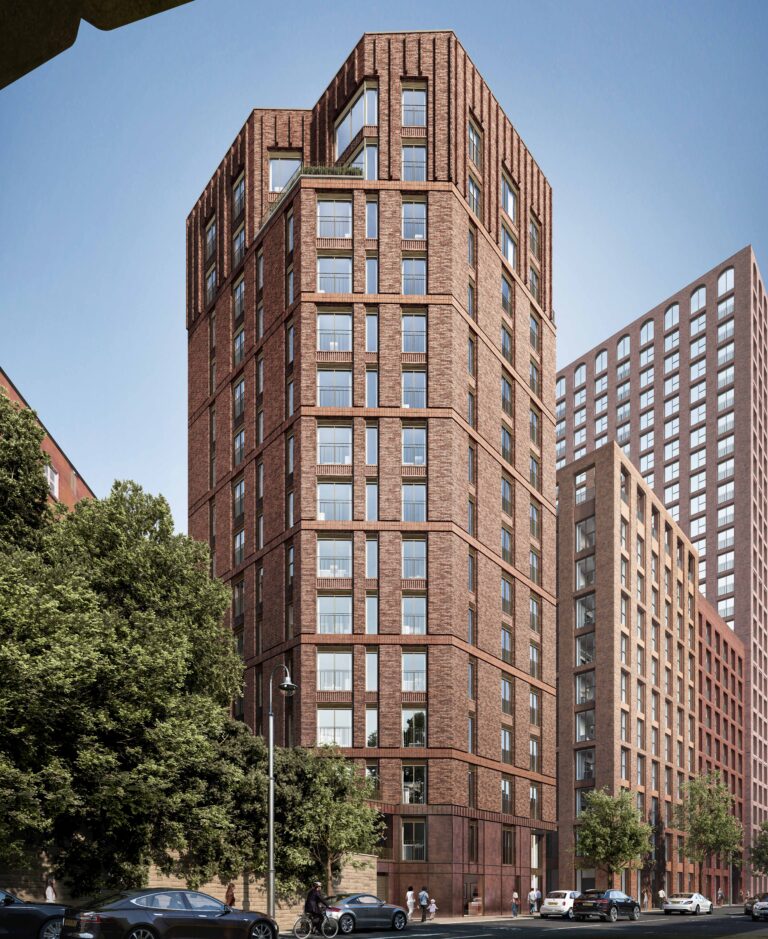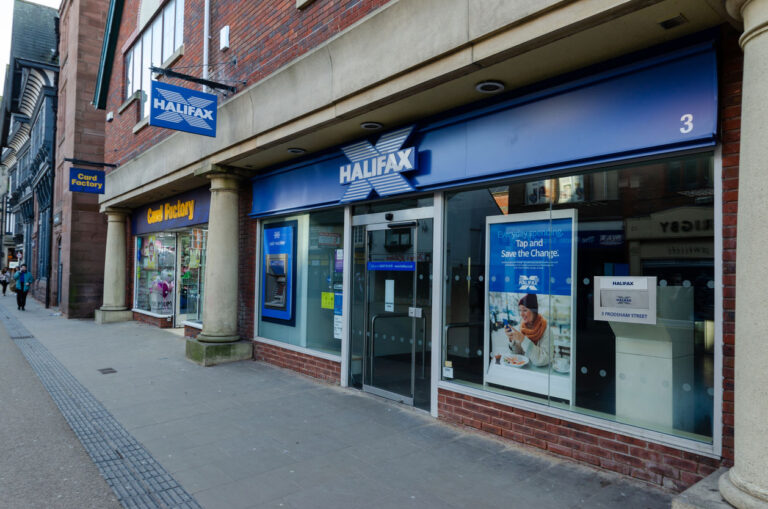As landlords navigate an increasingly complex market, strategic property choices are more crucial than ever. Is HMO property investment as lucrative as it seems?
The combination of long-term low wage growth and rising property prices has shifted the onus even more strongly onto the rental market to plug the gap for those who are not able to get onto the property ladder.
This has put landlords in a strong position when it comes to tenant demand, ensuring high occupancy rates and enticing rental yields as the age-old demand and supply imbalance keeps has kept rental prices on an upwards trajectory. This has been catalysed to some extent by some landlords selling properties due to squeezed profit margins as a result of tax changes – the most significant of which being the restriction of tax relief on mortgage interest payments (Section 24) – and higher mortgage rates.
For the many landlords who remain in the market, a large number of which have been around long enough to be able to weather various market changes, adaptability has been a key part of their success.
One winner when it comes to property types in recent years has been houses in multiple occupation (HMOs). Housing several people from separate households, these properties tend to appeal to students and young professionals seeking more affordable and often well-located homes, with many tenants particularly drawn by the social aspect of a houseshare.
But HMOs also tend to offer cheaper rents than traditional buy-to-lets where you rent out the whole property, and this cost-efficiency has been a major draw among tenants, whether they’re trying to spend less on rent in order to save up to buy, or are simply navigating the higher cost of living and want to preserve as much of their income as possible.
HMO property investment has its perks
If tenants are paying less to live in HMOs, why are HMO property investments so lucrative?
New research commissioned by Aldermore revealed that gross annual income levels for HMO property investment is significantly higher than standard buy-to-let returns. While non-HMO landlords brought in £61,846 in gross rental income in the past 12 months, HMO landlords raked in a huge £120,283 – almost double the amount.
At the same time, polling from Opinium on behalf of Aldermore found that students living in HMO properties paid almost £200 less per month than those in other private rentals.
But it is the sheer number of rooms or tenants on separate tenancies that is behind the profitability of the asset class. While there is no set number of rooms the property must have to constitute an HMO, it is home to three or more tenants from separate households sharing facilities like bathroom and kitchen. If the property has five or more tenants, which is quite common, it is classed as a large HMO.
Each tenant is on a separate tenancy agreement, paying their own rent which often includes bills. The rent can vary from room to room, and depending whether one person or a couple inhabits one room. When one tenant or couple moves out, the landlord continues to receive rent from the remaining tenants, meaning lower void periods.
What size is your portfolio?
A landlord could own two properties; one is a two-bedroom flat rented out as a whole unit, while the other is a five-bedroom HMO property investment rented out on separate contracts. As property developer Douglas Reid pointed out, while each investment counts as one property, they’re “worlds apart in value cashflow and impact”.
“People often measure [the size of] their portfolio in terms of the number of units, which I think is quite interesting,” he said. “I think a far better metric of a portfolio is the number of bedrooms.”
That isn’t to say that a strong one- or two-bedroom flat in a high-demand location with excellent amenities doesn’t have a good basis for property investment. And considering the potential additional costs in terms of purchase, stamp duty, maintenance and property management that tends to come with HMO property investments, it is vital to weigh up whether the property type is the best fit for your requirements and goals.
There has certainly been a shift in attitudes, though, from both property investors and tenants, and it isn’t just linked to money. According to Opinium’s poll, three quarters (74%) of HMO tenants said their living situation had benefitted them socially by helping them interact with others more regularly.
Now more than ever, people are willing to relocate for work, but with that comes the risk of isolation. For many who opt to live in an HMO, it is the opportunity to meet new people straight away, and get to know a new location alongside like-minded people, that draws them to this shared style of living.
Building a reputation
According to Aldermore’s George Young who spoke with BuyAssociation, it isn’t just tenants who seem to be changing their views towards HMOs. Landlords with HMO property investments are increasingly focusing on what extras they can offer tenants, steering the property type away from its previous reputation as a lower-quality option.
“The reduced supply verses an increasing demand for HMOs is creating strong market conditions,” he told BuyAssociation. “Landlords are shifting to providing a higher standard of amenities such as en-suite bathrooms and bigger kitchens that increase the value of these properties. This is backed up by recent data suggesting that HMOs are selling for almost 50% above the average house price in some parts of England.”
New-build and newly renovated HMO property investments have been a popular option for investors buying through BuyAssociation, with hands-off, fully managed investments offering additional peace of mind to buyers – particularly those with larger portfolios.
Aldermore’s director of mortgages Jon Cooper noted: “While no housing option is without its trade-offs, our data suggests that HMOs are defying outdated perceptions and offering a more affordable and rewarding experience for many students and presenting a compelling financial opportunity for landlords. With the right management and attention to quality, landlords can enjoy reliable returns while offering affordable, socially enriching homes.”
Costing up an HMO property investment
With economic and affordability issues combining to push up demand in the rental market, and particularly for HMOs, lenders have reacted by putting more products onto the table for landlords seeking HMO property investments, with HMO mortgage product numbers hitting a 13-year high according to Young.
He told BuyAssociation: “Portfolio diversification is driving more landlords into this space, and we have seen single let to HMO properties increase especially in the North of England.”
This is another important factor when it comes to strategic investment – landlords are becoming even more discerning about location, which is particularly important when selecting an HMO property investment in an area where the rooms will always be filled.
Licensing is also a consideration when factoring up the cost of an HMO property investment. At the moment, a standard HMO only requires a licence if it is in a selective or additional licensing location, which you must find out about through your local authority. However, selective licensing schemes are becoming increasingly widespread in the UK.
But for large HMO properties, a licence is mandatory in order to operate. A licence is valid for a maximum of five years, with the cost ranging from between £600 to around £1,500 depending on your council’s rates.
Property developer Deborah Forbes-Harding sets out a list of the potential pitfalls of HMO property investment licensing here.
Other things to consider include the potentially higher maintenance costs due to multiple tenants living in a property, increased regulations to stay abreast of, the greater management responsibilities with multiple tenancies, and the higher potential for tenant disputes. Due to HMOs being a larger property, the associated buying costs will also be higher than a standard home.
Speaking with an experienced property investment consultant is the next step if you’re considering HMO property investment, to find out if it is the right option for you.










